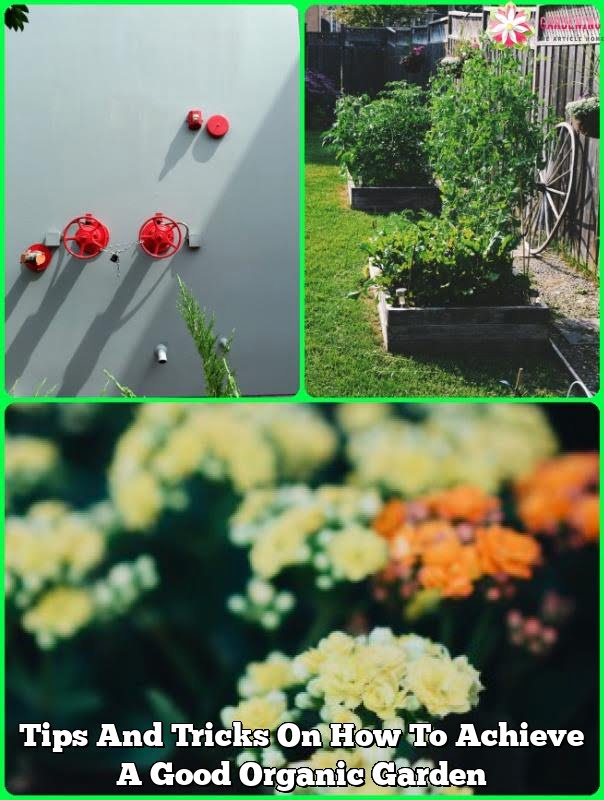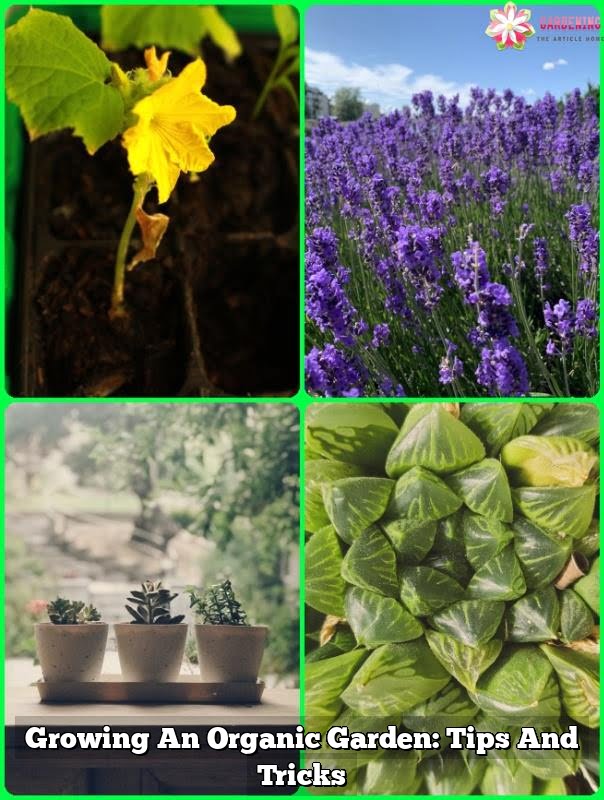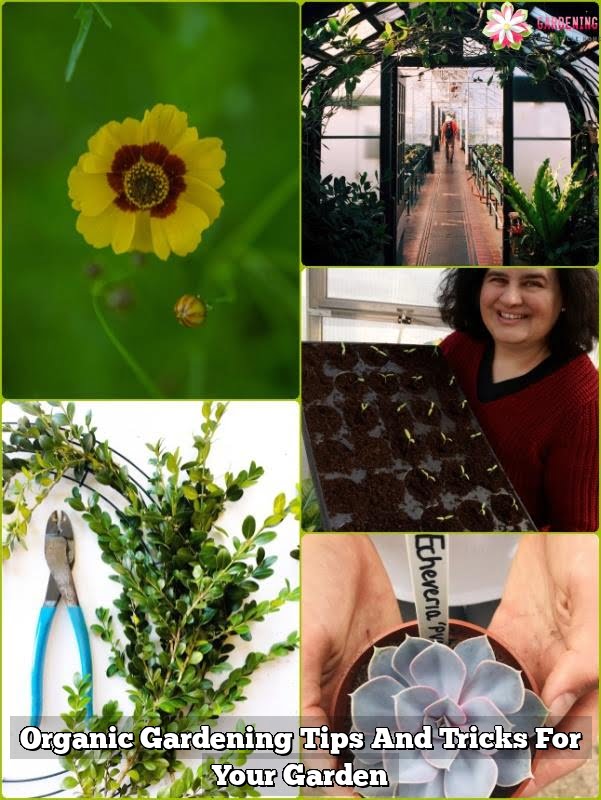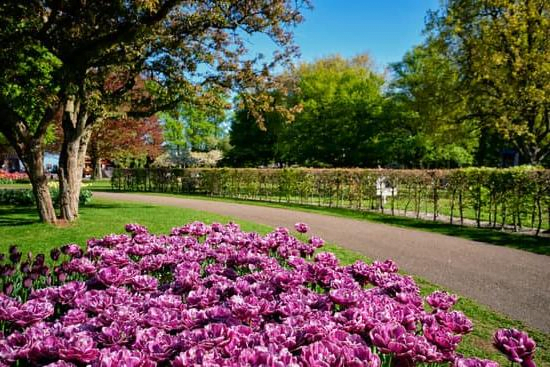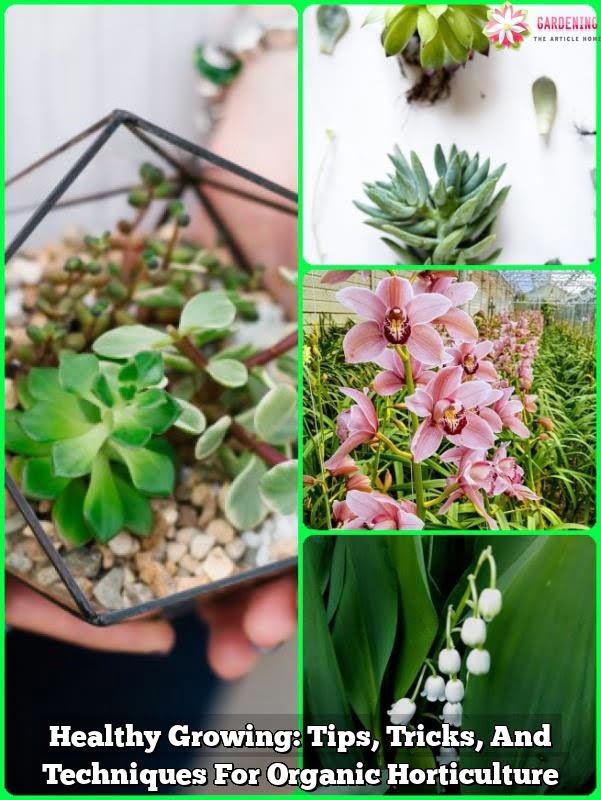You just need to learn about them and use them.
Plant perennials in your garden that repel slugs. Slugs and snails are voracious eaters that can destroy your garden if you let them. These pests are particularly fond of young perennials and those varieties with leaves that are tender, smooth, particularly seedlings and young plants. Some varieties of perennials are not preferred by snails and slugs, particularly perennials that have hairy, or tastes bad. Some of the best varieties of these include achillea, helleborus, euphorbia, and heuchera.
Stink Bugs
When partaking in horticulture activities, be watchful of stink bugs, particularly in the fall. They love to inhabit peppers, as well as peppers, peppers and various beans. If left unattended, they can cause substantial damage in your garden, so remember to take protective measures to reduce the population of stink bugs there.
When fall has arrived, it’s time to start planting all of your fall edibles. A pumpkin can be used as a festive container instead of clay pots. Once you cut an opening at the top of the pumpkin and scoop out the insides, spray the edges and inside with Wilt-Pruf to prevent rotting.
Knee pads are absolute miracle accessories if you work in a gardener’s friend when caring for plants low to the ground. Having a good pair of knee pads will cushion the knees to provide additional comfort.
Moisture on your plants is sure way to attract disease and disease. Fungi commonly afflict a very common and irritating pest in the world of plants. It is possible to get rid of fungi after it appears with anti-fungal sprays, but the key is to treat your garden before any problems arise.
If you plan on growing peas, start them indoors before putting them outdoors in your garden. The seeds will grow better germination rate if planted there first. The seedlings tend to be healthier, giving them a better chance to grow into a healthy adult plant capable of rebuffing diseases. You can transplant the seedlings outside after they become better established.
If you are just starting out, make sure you read and follow all the directions on any tool or chemical you use. If you do not do this very simple step, you expose yourself to safety hazards or a risk of experiencing adverse reactions. Keep your health intact and follow directions.
Plant with fall color. Maple trees are an autumn rainbow of crimsons to yellows, as do Beech trees and Dogwood. When selecting shrubs, consider hydrangea, hydrangea, or cotoneaster.
Choose a specific plant as a focal point. The focal points are those plants that really stand out from those that are adjacent.
It also make your flower beds look to the garden.
Make the most of the time spent in your garden every day.Don’t waste your time by looking for your tools. Prepare them all ahead of time and have them handy before you need to garden, and then put them away neatly when finished. If needed, use a tool belt or even pants that have quite a few pockets.
Organic foods don’t contain any pesticides on them. While this is good for your family’s health, you still need to check your produce for any bugs or other pests.
The ideal way to water your organic garden are soaker hoses.
This is a very easy organic gardening easier. You want to plan your landscaping around native flowers, bushes and flowers. Plants that are already pre-programmed to exist peacefully with one another in similar climates and conditions, soil type and surrounding ecosystem thrive without the need for expensive fertilizers or insecticides.Native plants will thrive if you encourage growth with organically made from native materials such as grass clippings and leaves.
An important tip for organic gardeners is to raise crops that costs a lot to purchase at the grocery store. The value of a plant will be different for each person.You could save money by growing plants that are initially more expensive to buy. Plant vegetable plants that you love to eat and enjoy the cost savings.
You should think about digging small trenches between the rows of plants in your organic garden. This is a good way to save you water and money.
When thinking about the vegetables to plant in your garden, think about the herbs and veggies you use on a regular basis. This can reduce your grocery bills and cost-effective.Don’t waste garden space on growing foods that your family doesn’t enjoy.
Bees are vital in horticulture because they promote pollination. There are however, some bees such as the carpenter bees, that can be harmful because they eat wood and create their nests inside them. Most other bees should be allowed to do their business in peace.
Dwarf Fruit Trees
Dwarf fruit trees are an option for a small garden. Many gardens within city limits don’t have space for full-size trees, and that is where dwarf fruit trees fit in best.These tiny trees bear full-sized fruit within only 3-5 years.
Humidity may be necessary for some houseplants. You could create humidity by grouping different kinds of plants together in a pot, or replanting the specimen into a larger pot and filling the gap in with compost or stones. Another way to get humidity to your houseplants is by misting them with water one to two times daily.
If you leave valuable tools lying around, it could prove to be too tempting for a potential thief.
Cold Weather
Some annuals do much better during the cold weather. These plants can be kept looking great by pruning them back when they are growing too much during these months.Annuals that look pretty in cold weather are petunias, petunias and snapdragons.
Gardening is a great activity to share with your children or other family can enjoy together. Children will love choosing plants to get for the garden.
If you want to maximize your success at organic horticulture, you need to learn as much as you can about how to garden. Implement these important concepts in building a truly organic garden.

Welcome to my blog about home and family. This blog is a place where I will share my thoughts, ideas, and experiences related to these important topics. I am a stay-at-home mom with two young children. I hope you enjoy reading it! and may find some helpful tips and ideas that will make your home and family life even better!

